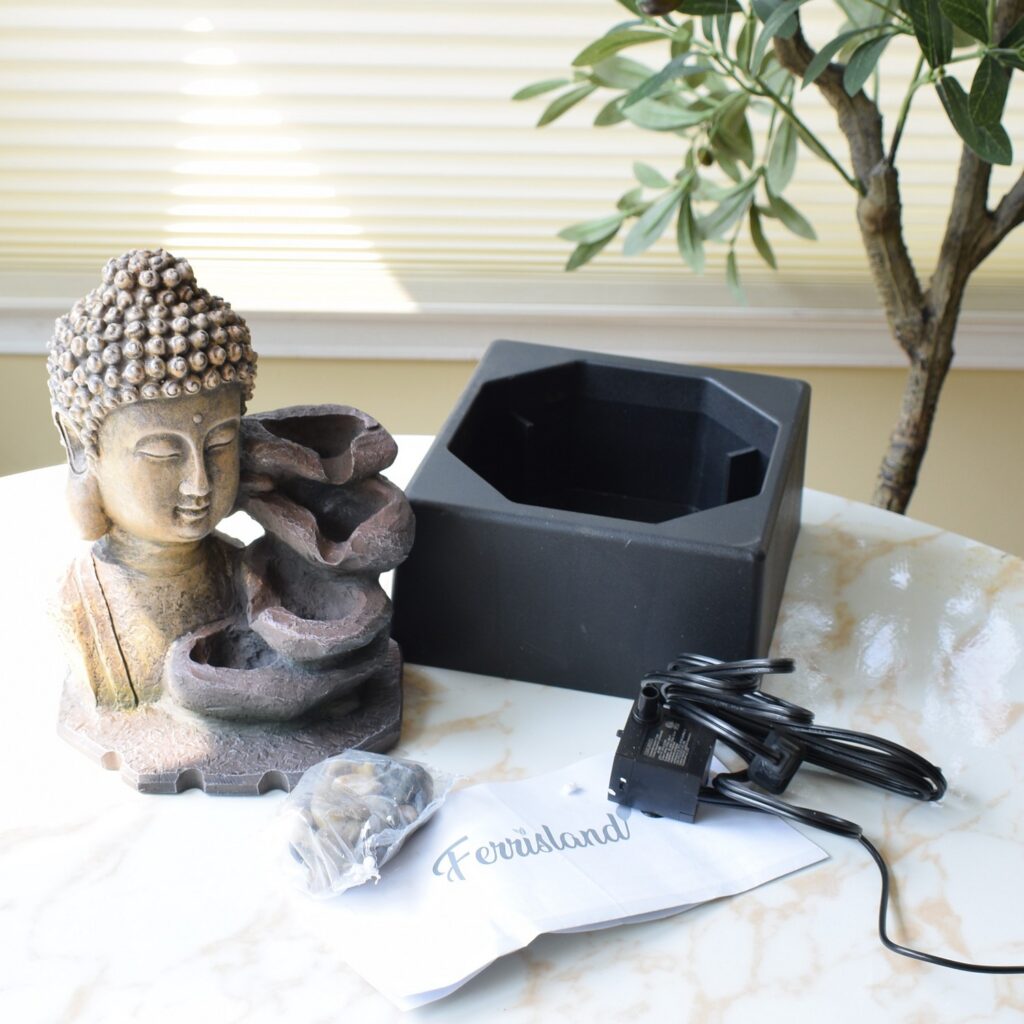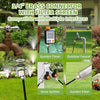
Maintaining Your Small Indoor Water Fountains: Cleaning Tips
Small indoor water fountains have become a cherished addition to many homes and offices, offering a tranquil ambiance and a touch of nature indoors. These indoor water features not only enhance the aesthetics of a space but also bring about a soothing aura that many find appealing. However, like any decorative piece, they require regular maintenance to keep them in perfect running condition. Neglecting the cleaning of these water features can lead to clogged fountain pumps, murky water, and even the development of algae, all of which can diminish the charm and health benefits they are supposed to provide.

This article explores the essential steps for maintaining small indoor water fountains, ensuring they continue to beautify your space and function efficiently. From preparing the fountain for a thorough cleaning to identifying the best cleaning method by issue type, every aspect will be covered. Additionally, tips on reassembling and conducting final checks on the fountain pump and other components will be provided to help extend the life of your indoor water feature. By following these guidelines, owners of small indoor water fountains can enjoy the serene beauty and calming sounds of their water features for years to come.
Preparing the Fountain for Cleaning
Turn Off and Unplug
Before beginning the cleaning process, it is crucial to ensure safety and prevent damage to the small indoor water fountains. Turn off the fountain at the wall and remove the plug from the socket. This step prevents accidental activation of the fountain during cleaning, which could lead to damage or electric shocks .
Remove Water
Once the fountain is safely unplugged, empty all water from the basin. This can be done by gently tipping the fountain to pour the water into a sink or using a small cup or vacuum if the fountain is not easily movable. Ensuring all water is removed helps to prevent any water from interfering with the cleaning process.
Disassemble Parts
Remove any decorative items such as pebbles, rocks, or ornamental features from the fountain. These should be cleaned separately. Additionally, consult the fountain’s manual or contact the manufacturer if unsure how to safely remove the pump and other removable parts. This step is essential for thorough cleaning and to access all areas that may harbor dirt and grime.
Gather Cleaning Supplies
Prepare the necessary cleaning supplies including distilled water, a soft sponge, mild liquid soap, and optional cleaning agents like calcium lime removal product or distilled white vinegar. A toothbrush can be used for scrubbing hard-to-reach spots. Ensure to use non-abrasive tools to avoid scratching the fountain's surface.

Cleaning Method by Issue Type
Hard Water Stains
Hard water stains, often characterized by white or grayish buildup, are a common issue due to minerals like calcium and magnesium found in tap water. To tackle these, using distilled water prevents mineral deposits. For existing stains, a diluted solution of white vinegar can be effective; mix equal parts of vinegar and water, apply with a sponge, and scrub gently. For tougher stains, products like CLR - Calcium Lime Remover can be used following the manufacturer's guidelines to ensure no damage to the fountain material.
Algae
Algae growth can occur regardless of the fountain's location, especially if exposed to sunlight and stagnant water. To minimize this, it's advisable to change the water monthly and clean the pump regularly to prevent algae from lodging in it. For cleaning, a mild dish detergent with warm water is sufficient for scrubbing off algae. If algae persist, using a commercial algae preventative or a fountain cleaner like Fountec can help maintain clarity and prevent future growth.
General Dirt
Regular maintenance is crucial to prevent the buildup of general dirt and debris. This includes emptying and scrubbing the fountain with a non-abrasive sponge and mild soap. Paying attention to the pump and tubing is essential, as these are prone to dirt accumulation that can affect the fountain's functionality. Cleaning these components regularly ensures optimal performance and longevity of the fountain.
Reassembling and Final Checks
Drying Components
After cleaning, all components of the small indoor water fountains should be thoroughly dried. This prevents any water spots from forming and ensures that no moisture is trapped, which could lead to mold or mildew buildup. They can use a soft, lint-free cloth to gently dry each part, paying special attention to crevices and detailed areas where water might collect.
Reassembling the Fountain
Once all parts are dry, they should begin reassembling the fountain. They must ensure that each component is placed correctly according to the manufacturer's instructions. This includes securely fitting the fountain pump and any decorative items such as stones or figurines. Proper alignment of components is crucial to avoid any operational issues or damage.
Refilling with Water
After reassembly, they should refill the fountain with clean water, preferably distilled to avoid mineral deposits. They should ensure the water level is adequate for the pump's optimal operation, typically covering the pump entirely to prevent it from running dry, which could cause damage.
Ensuring Proper Function
Finally, they should plug in and turn on the fountain to ensure it operates smoothly. They should observe for any unusual noises or malfunctions. If everything functions correctly, they can enjoy the rejuvenated appearance and soothing sounds of their small indoor water fountain, ensuring it continues to enhance their space and provide a tranquil atmosphere.
Conclusion
Through diligent maintenance and proper cleaning practices, owners of small indoor water fountains can preserve the beauty and tranquility these features bring into a space. The guidelines provided, from preparing the fountain for a comprehensive clean to choosing the appropriate cleaning method based on specific issues, serve to ensure that these decorative pieces remain functional and aesthetically pleasing. By adhering to these methods, including regular checks and the use of recommended cleaning agents, it’s possible to significantly extend the lifespan and performance of small indoor water fountains.
The implications of maintaining an indoor water feature are far-reaching, impacting not only the physical condition of the fountain but also the ambiance of the environment it occupies. A well-maintained fountain can serve as a focal point in any room, contributing to a sense of peace and well-being. Moreover, by preventing common problems such as algae growth, hard water stains, and general dirt accumulation, owners can enjoy the serene beauty and calming sounds of their water features for many years. Encouraging the practice of regular maintenance and care ensures that these fountains continue to serve as cherished additions to any indoor setting.
FAQs
1. How do I maintain cleanliness in my indoor water fountain?
To clean your indoor water fountain, mix equal parts of water and white vinegar in the fountain. Let the fountain run with this solution for three to four hours to help remove mineral build-up from hoses and the pump. Afterward, disconnect the power source and use a sponge, cloth, or nylon brush dipped in the vinegar solution to clean the surfaces further.
2. What should I add to my water fountain to maintain its cleanliness?
For water fountains without aquatic plants, adding a small amount of chlorine can help keep the water clean. Use one to two tablespoons of chlorine every two to three weeks, particularly during the warmer months. Remember to turn off the fountain's pump before adding chlorine.
3. Is it safe to use vinegar in my indoor water fountain?
Yes, adding a cup or two of filtered white apple cider vinegar to your indoor water fountain is safe and effective. Vinegar has antibacterial, antiviral, and antiseptic properties, which makes it excellent for killing germs naturally without harsh chemicals.
4. Should I keep my indoor water fountain running continuously?
Yes, it is advisable to keep your indoor water fountain running continuously. Turning the fountain on and off frequently can be harmful to the pump. Continuous operation ensures optimal performance and functionality.









